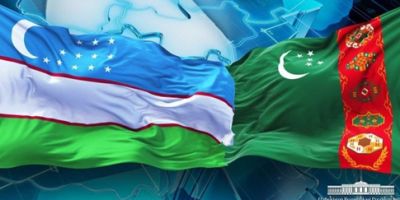India becomes first nation to land spacecraft near Moon’s south pole

Bengaluru, India, Aug 23 (DNA): India on Wednesday became the first nation to land a craft near the Moon’s south pole, a historic triumph for the world’s most populous nation and its ambitious, cut-price space programme.
The unmanned Chandrayaan-3, which means “Mooncraft” in Sanskrit, touched down at 6:04 pm India time (1234 GMT) as mission control technicians cheered wildly and embraced their colleagues.
Its landing comes days after a Russian probe crashed in the same region and four years since the previous Indian attempt failed at the last moment.
The Chandrayaan-3 mission has captivated public attention since launching nearly six weeks ago in front of thousands of cheering spectators.
Politicians staged Hindu prayer rituals to wish for the mission’s success and schoolchildren followed the final moments of its descent from live broadcasts in classrooms.
“I’m so happy, nothing else has given me more happiness,” Anil Kumar, a contract employee for the Indian Space Research Organisation (ISRO), told AFP as his colleagues celebrated.
“I was praying for the last 48 hours for a safe landing.”
Chandrayaan-3 took much longer to reach the Moon than the Apollo missions in the 1960s and 1970s, which arrived in a matter of days.
India used rockets much less powerful than the ones the United States used back then, meaning the probe had to orbit the Earth several times to gain speed before embarking on its month-long journey.
The lander, Vikram, which means “valour” in Sanskrit, detached from its propulsion module last week and has been sending images of the Moon’s surface since entering lunar orbit on August 5.
Now that Vikram has landed, a solar-powered rover will explore the surface and transmit data to Earth over its two-week lifespan.
- ‘So much agony’ –
India is closing in on milestones set by global space powers such as the United States and Russia, conducting many of its missions at much lower price tags.
The South Asian nation has a comparatively low-budget space programme, but one that has grown considerably in size and momentum since it first sent a probe to orbit the Moon in 2008.
The latest mission has a cost of $74.6 million — far lower than those of other countries, and a testament to India’s frugal space engineering.
Experts say India can keep costs low by copying and adapting existing technology, and thanks to an abundance of highly skilled engineers who earn a fraction of their foreign counterparts’ wages.
In 2014, India became the first Asian nation to put a craft into orbit around Mars and is slated to launch a three-day crewed mission into Earth’s orbit by next year.
Wednesday’s landing had been eagerly awaited by ISRO after the frustrating failure of its previous mission at the last hurdle in 2019.
Back then, mission control lost contact with the Chandrayaan-2 lunar module moments before its slated landing.
ISRO chief S. Somanath said that many of those who worked on the 2019 mission were involved in the current endeavour and that the successful touchdown had vindicated their years of effort.
“They went through so much agony to find out what went wrong,” he said. “My salutations to all of those unsung heroes today.” AFP/APP
Related News

Ministers condemn Israeli storming of UNRWA’s east Jerusalem headquarters
ISLAMABAD, DEC 12 /DNA/ – The Foreign Ministers of the Islamic Republic of Pakistan, theRead More

Transport integration in Central Asia: the contribution of Uzbekistan and Turkmenistan
BY IBRAHIMOVA DILDORA Transport cooperation between Uzbekistan and Turkmenistan is now taking on strategic importance,Read More


Comments are Closed